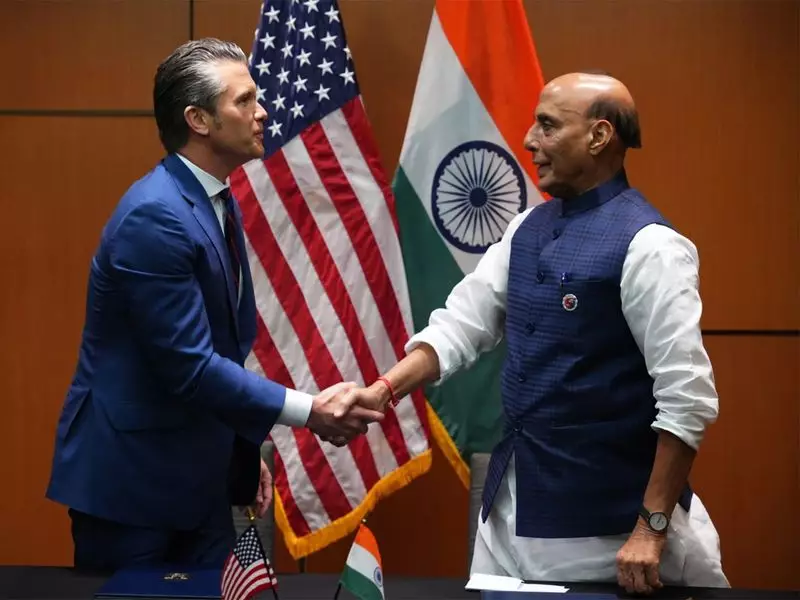
In a landmark move that signals a new chapter in global geopolitics, India and the United States have cemented their strategic partnership with a comprehensive decade-long defence framework agreement. This pivotal arrangement sets the stage for unprecedented military cooperation between the world's largest democracies.
A New Era of Strategic Alignment
The defence framework, spanning an entire decade, represents the most significant commitment between the two nations in recent history. This agreement goes beyond mere symbolic gestures, establishing concrete mechanisms for enhanced military collaboration, technology sharing, and joint operational capabilities.
Key Pillars of the Defence Partnership
The comprehensive framework encompasses multiple dimensions of defence cooperation:
- Technology Transfer: Advanced defence technology sharing and co-development projects
- Joint Exercises: Regular and expanded military exercises across all domains
- Intelligence Sharing: Enhanced security and intelligence cooperation mechanisms
- Maritime Security: Strengthened naval cooperation in the Indo-Pacific region
- Defence Manufacturing: Collaboration in defence production and manufacturing
Strategic Implications for Global Security
This agreement marks a fundamental shift in the international security landscape. The strengthening Indo-US partnership creates a formidable axis of democratic powers committed to maintaining stability in the Indo-Pacific region and beyond. The decade-long nature of the commitment provides strategic predictability that both nations can build upon.
Economic and Technological Benefits
Beyond military cooperation, the framework promises significant economic advantages. The defence manufacturing collaboration is expected to generate employment opportunities, technology transfer, and industrial growth in both countries. This partnership also opens doors for American defence companies to participate in India's growing defence modernization programs.
The timing of this agreement underscores the evolving global security architecture and the mutual recognition between Washington and New Delhi of their shared strategic interests in maintaining a free, open, and rules-based international order.





